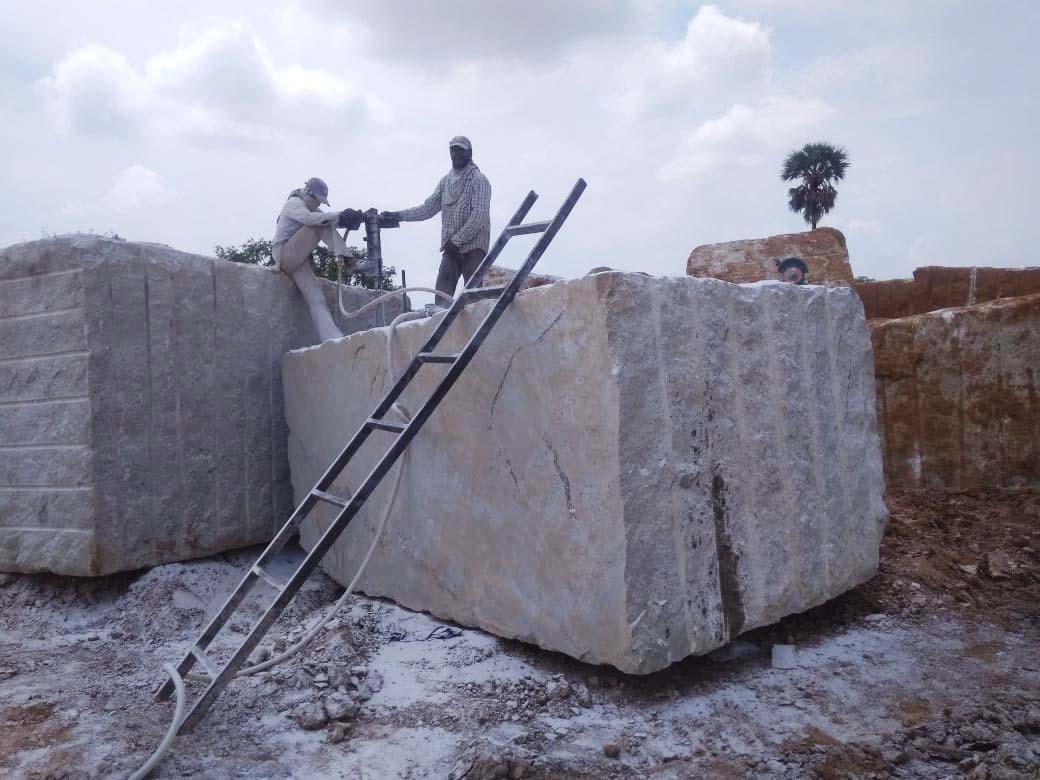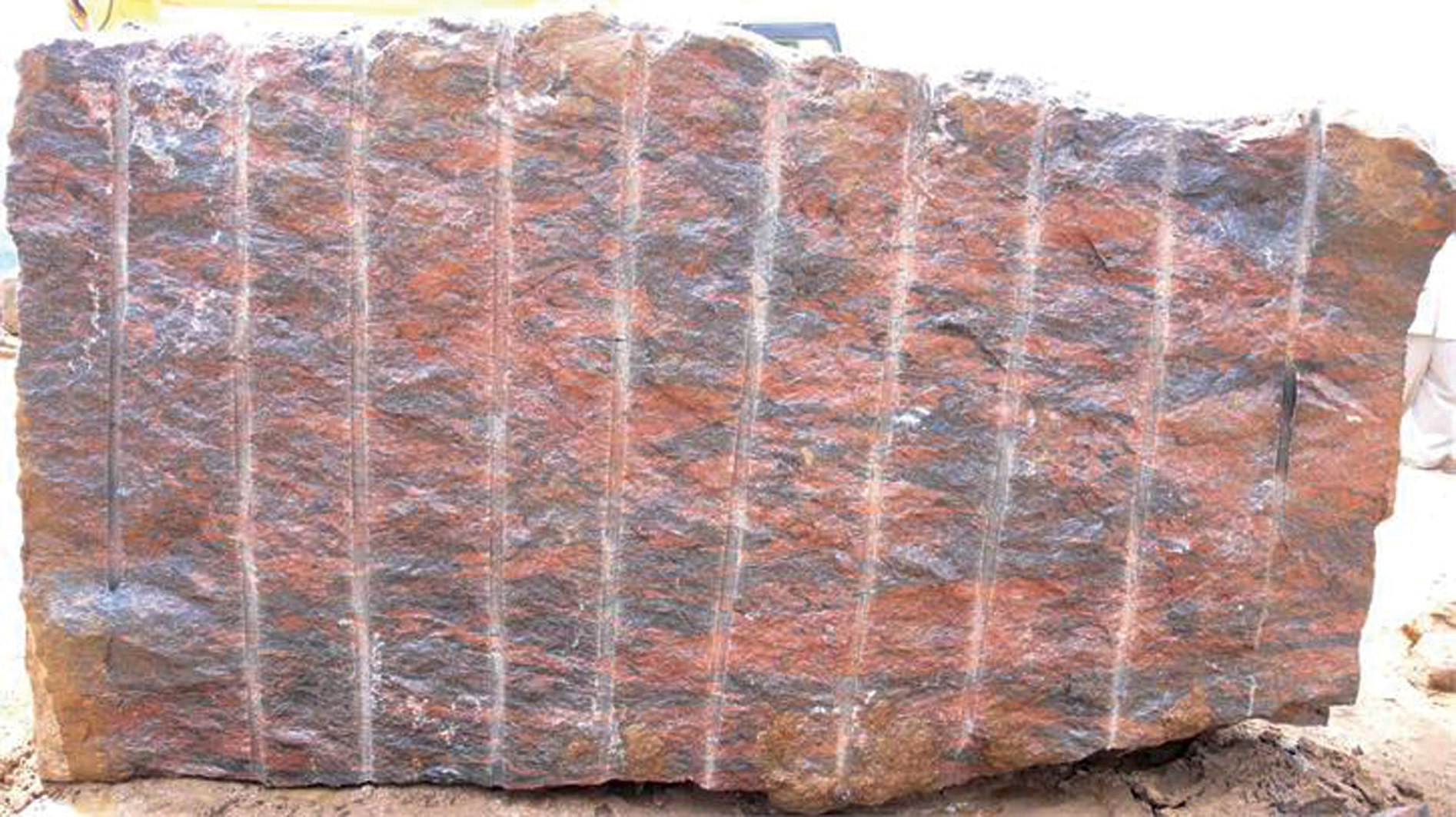Journeying With Granite Quarries in South Africa: A Visual Odyssey
Journeying With Granite Quarries in South Africa: A Visual Odyssey
Blog Article
Uncovering the Rich Background and Lasting Practices of Granite Quarrying
As we stand on the precipice of discovering the intricate tapestry of granite quarrying, a journey with time discloses not just the physical act of removing stone however likewise the social and historical relevance woven into the extremely textile of this practice. From the ancient beginnings that laid the structure for modern-day quarrying methods to the sustainable methods that are shaping the future of this sector, each sculpt mark on granite surfaces narrates waiting to be discovered (granite quarries in south africa). The tradition of granite quarrying stretches much past plain extraction; it is a testimony to human ingenuity, resilience, and the long-lasting appeal of this magnificent stone
Ancient Origins of Granite Quarrying
Dating back to ancient civilizations, the technique of quarrying granite has been an important component of human history and architectural advancement. The earliest evidence of granite quarrying go back to ancient Egypt, where massive pyramids and complex sculptures were crafted from this resilient rock. The Egyptians made use of primitive devices to remove granite blocks from quarries, showcasing the value of this product in their monumental building and constructions.
Moving on in history, the Greeks also made significant payments to the quarrying of granite. The Greeks made use of granite in numerous architectural marvels, such as temples and statues, demonstrating their skill in shaping and sculpting this hardy stone. The Romans better refined the methods of quarrying granite, utilizing advanced tools like knives and hammers to essence and form granite for their iconic frameworks.
Through the centuries, the practice of quarrying granite has actually evolved, with contemporary technologies improving efficiency while preserving the ageless allure of this natural rock - granite quarries in south africa. From old human beings to modern home builders, the legacy of granite quarrying remains to shape our world
Advancement of Quarrying Strategies
The development of quarrying strategies has actually been noted by a continuous development towards higher effectiveness and precision in removing granite. From the rudimentary methods used by our ancestors to the advanced modern technologies used in modern-day quarrying procedures, the industry has actually undergone considerable innovations. Early quarrying techniques included manual work with fundamental tools such as knives, hammers, and wedges to extract granite blocks from the planet. As civilizations progressed, strategies like fire-setting and primitive nitroglycerins were presented to promote the removal procedure.
In more current times, the development of machinery changed the quarrying industry, making it possible for quicker removal prices and raised efficiency. Technologies such as ruby cable saws, high-pressure water jets, and pneumatically-driven drills have actually become typical in modern quarries, enabling specific cutting and reduced waste. Moreover, innovations in computer-controlled tools and 3D modeling have maximized quarrying procedures, bring about minimal ecological effect and boosted sustainability techniques. As the demand for granite remains to rise, the evolution of quarrying techniques stays important Learn More to conference sector needs effectively and sustainably.
Cultural Importance of Granite
Granite holds an extensive social importance across different people as a result of its long-lasting presence in architectural masterpieces and respected monuments. From the impressive pyramids of Egypt to the detailed carvings of the Angkor Wat temple in Cambodia, granite has been a product of selection for revealing majesty and long life in social heritage. In old Rome, granite columns adorned temples and public article buildings, signifying strength and durability. The cultural significance of granite expands past its physical qualities; it symbolizes durability, stability, and eternity, making it a symbol of withstanding traditions and practices.

Sustainable Practices in Quarrying
Among the abundant background of granite quarrying and its cultural relevance exists an expanding emphasis on lasting practices within the sector. As ecological recognition and problems about resource depletion have enhanced globally, the quarrying field has actually increasingly accepted lasting techniques to decrease its effect on the setting and surrounding communities.

In addition, improvement and rehabilitation of quarry websites post-extraction are important to lasting techniques. By bring back quarried locations to a natural or helpful state, such as creating wildlife habitats or recreational spaces, quarriers can offset the ecological impact of their operations and contribute favorably to the neighborhood ecological community.
Legacy of Granite Quarrying
With a historic background soaked in workmanship and industrial development, what sustaining impact has granite quarrying next page left on the landscape of modern society? The legacy of granite quarrying transcends simple removal techniques; it has actually formed building wonders, urban landscapes, and social heritage worldwide. The durable nature of granite has actually made it a preferred choice for monuments, structures, and facilities, standing as a testimony to the ability and artistry of quarry employees throughout generations.
Additionally, the financial impact of granite quarrying can not be neglected. The sector proceeds to provide employment possibility and drive neighborhood economic climates in areas where granite extraction prevails. It has actually likewise spurred technological improvements in quarrying techniques and tools, bring about a lot more efficient and sustainable techniques.
In terms of sustainability, the tradition of granite quarrying consists of efforts to mitigate environmental impacts via improvement jobs and liable resource management. By stabilizing financial interests with environmental stewardship, the market makes every effort to guarantee that future generations can proceed to profit from this enduring all-natural source.
Conclusion

Report this page